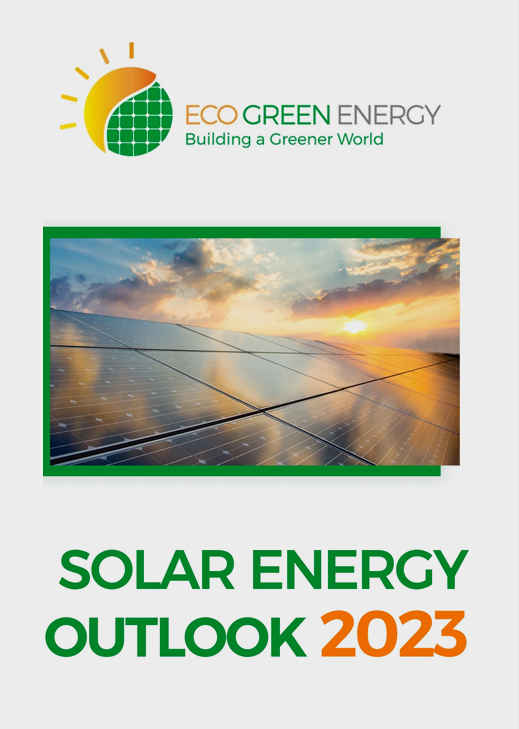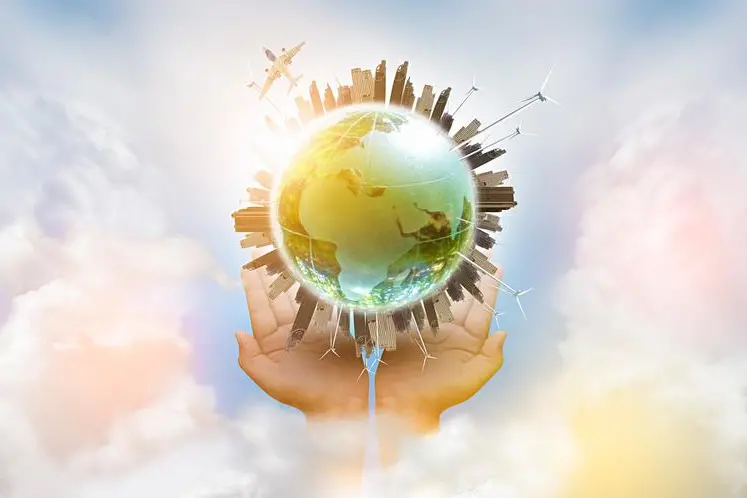
November 4, 2022

The world is facing an unprecedented energy crisis with the prices of fossil fuels and electricity significantly surging, as well as their economic repercussions, most notably high inflation rates.
Energy security and climate change have become major challenges in our era, and the solution must be long-term and include strategic options that will ensure energy security and reduce the carbon print.
Long-term energy security requires urgent investments to produce environmentally-friendly electricity, in line with the economic growth of countries and urgent environmental needs. Many governments have realised that nuclear energy is the cornerstone of energy security and will help achieve carbon neutrality.
Many regions around the world are witnessing significant developments in the right direction, with rising investments in nuclear and renewable energy.
Under this framework, the Chinese government approved the establishment of six nuclear reactors, as part of a plan to reduce carbon emissions. Environmentally-friendly energy sources, such as wind, solar, nuclear and hydropower, provided 16.6 percent of China’s total energy needs last year, compared to 15.9 percent in the previous year.
In the United States (US), the Senate has recently approved investments in energy and climate worth US$368 billion, to reduce carbon emissions by 40 percent by 2030.
The recent decision of the European Union (EU) to classify nuclear energy as “green energy” will open the doors to investments worth billions of euros.
France has doubled its nuclear energy capacity, including designing next-generation reactors while the Dutch government is constructing two new plants in response to energy shortages.
Decision-makers in Germany are discussing the option to postpone the decommissioning of nuclear power to ensure energy security, especially for the coming winter.
Over a decade ago, the UAE decided to invest in nuclear energy, which now plays a key role in supporting the country’s sustainable economy and achieving the objectives of the UAE Energy Strategy 2050. While the world is facing challenges related to energy supplies, the UAE’s leadership has successfully maintained emission-free energy supplies, due to the country’s long-term strategy and significant investments in nuclear energy and other environmentally-friendly energy sources.
The Barakah Nuclear Energy Plant (Barakah NPP) is first multi-reactor nuclear energy project in the Arab region and represents a key foundation of the UAE’s sustainable development. The ambitious project has created thousands of job opportunities and continues to motivate the growth of local economic sectors, through contracts awarded to local companies worth over $6.7 billion.
The Barakah Nuclear Energy Plant is located in the Al Dhafra of the Emirate of Abu Dhabi on the Arabian Gulf, approximately 53 km west-southwest of the city of Ruwais. The Plant’s four APR1400 design nuclear reactors will supply up to 25 percent of the UAE’s electricity needs once fully operational.
Once the four units are fully operational, they will reduce the use of natural gas in the UAE, saving more than 400 billion cubic feet annually and valued at $4 billion at current market prices, which will directly support the country’s goal to achieve gas self-sufficiency and become an exporter by 2030.
The Emirati model showcases the unique ability of nuclear power to ensure energy security and sustainability.